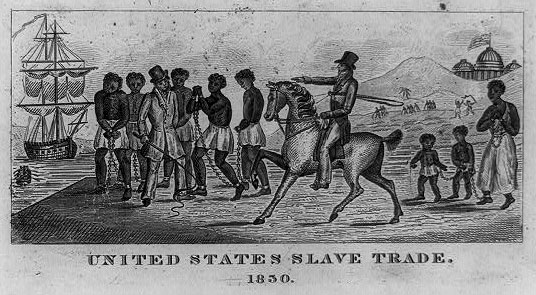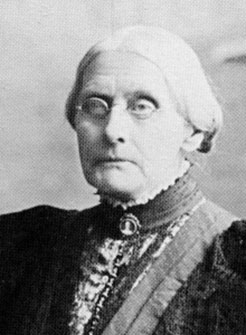
In the early 19th century, the United States was a new country grappling with economic, social, and political challenges. Slavery was an issue that permeated all aspects of American society.

Economically, the enslavement of Africans was crucial to the economy of southern states. The dependence on slave labor was one of the causes for social and political conflict between the northern and southern states. While many people in America supported the institution of slavery, there were those who opposed slavery. These individuals and groups, called abolitionists, worked to end slavery in America.
The abolitionist movement worked to emancipate slaves and help them secure their civil rights. This movement also worked toward ending racial segregation and discrimination.
![]() The slideshow below provides information about some of the most prominent abolitionists of the 19th century. After reading the first one, click next to advance.
The slideshow below provides information about some of the most prominent abolitionists of the 19th century. After reading the first one, click next to advance.
In 1863, President Abraham Lincoln issued the Emancipation Proclamation, freeing slaves in the states fighting against the Union during the Civil War. The abolitionist movement continued until its mission was completed with the passage of the 13th Amendment in December 1865. Considered the first of the Reconstruction Amendments, the 13th Amendment formally abolished slavery at the end of the Civil War. Some historians refer to these amendments as Civil War Amendments.
![]() Click on each document to learn more about the Civil War Amendments.
Click on each document to learn more about the Civil War Amendments.
The Civil War Amendments were expected to guarantee freed men basic civil rights as Americans, but the opposite occurred. The civil rights struggle for African Americans started after these amendments were ratified because there were many Americans who fought just as hard to deny them these rights. In 1896, in Plessy v. Ferguson, the practice of “separate but equal” was upheld by the Supreme Court. The civil rights battle for African Americans would last well into the 20th century.
The purpose of the women's rights movement was to secure equal rights for women in America. The greatest concern for women was gaining the right to vote. The women's suffrage movement began in 1848 at the Seneca Falls Convention in New York. The leaders of the convention had previously been involved in the abolitionist movement and used their experience to conduct petition drives and lobby Congress for the women's right to vote.

After the Civil War, the women of this movement split when women were not included in the 15th Amendment extension of voting rights along with former slaves. Susan B. Anthony and Elizabeth Cady Stanton were among those who refused to endorse the amendment because it did not extend the right to vote for women. Other suffragists, such as Lucy Stone, argued that women's right to vote would come once black males gained the right to vote. The women’s rights movement unsuccessfully pushed for the inclusion of women’s rights in the passage of both the 14th and 15th amendments.
Sources for images used in this section, as they appear, from top to bottom: